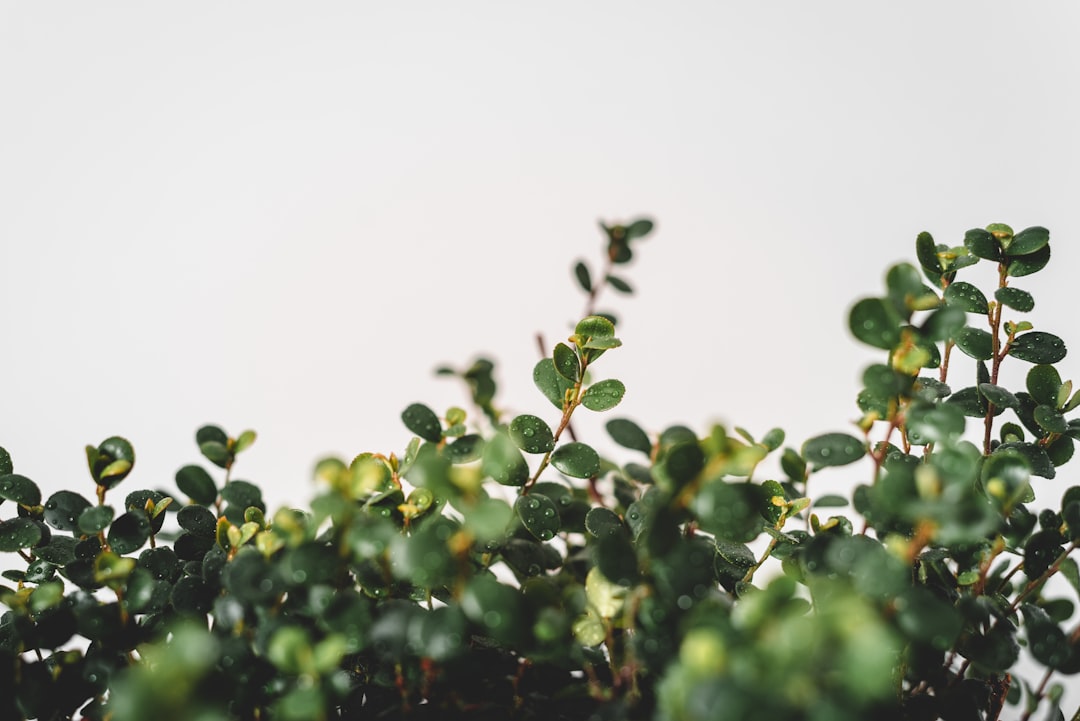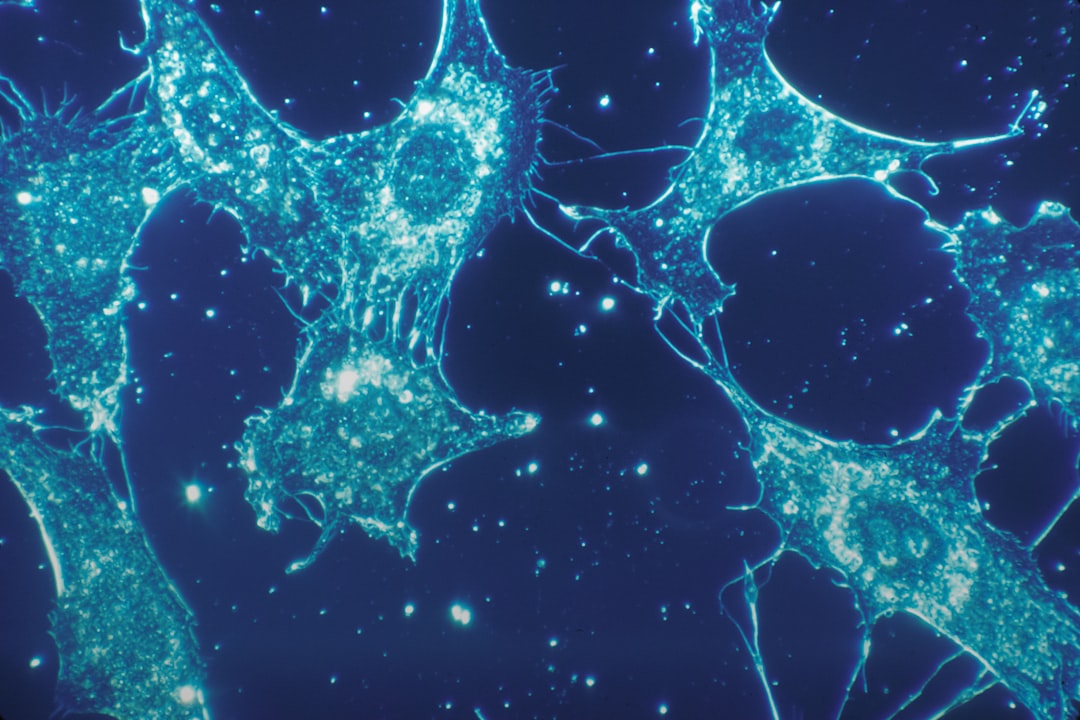What is it about?
It has been previously shown that ion channels redistribute in and out of the neuronal membrane during pain conditions, however what is not understood, is how are channels anchored there. In this study, we identified the scaffold protein called Magi-1 as a key anchoring protein for the Slack potassium channel and the NaV1.8 sodium channel. When knocking down the Magi-1 protein, we observed a reduction in Slack and NaV1.8 channels at the surface of neurons. Furthermore, neurons exhibited reduced electrical activity and behaviorally, Magi-1 knockdown in mice caused decreased pain perception. We also observed that in addition to anchoring ion channels at the membrane, Magi-1 regulates ion channel protein stability. Using peptide mimetic tools, we showed that the trafficking and protein stability of NaV1.8 channels could be pharmacologically manipulated. We conclude Magi-1 is an important regulator of ion channels, electrical activity and pain perception.
Featured Image

Photo by taha ajmi on Unsplash
Why is it important?
There is a concerted, global effort to develop novel, non-addictive pain-killing drugs. Specific sodium channel blockers have offered much promise in this regard, however to date, no drug in this class has received governmental approval to treat pain. An alternative approach to target sodium channel functioning could be to disrupt their membrane trafficking. In this work, we identified how NaV1.8 channels are scaffolded, but perhaps more importantly, we provided proof-of-concept that NaV1.8 channel trafficking can be targeted pharmacologically.
Perspectives
This article embodies all the things I am interested in: excitability, neuromodulation, ion channel trafficking, but as always in my lab, the project started out by looking at amino acid sequence.
Arin Bhattacharjee
University at Buffalo - The State University of New York
Read the Original
This page is a summary of: Magi-1 scaffolds NaV1.8 and Slack KNa channels in dorsal root ganglion neurons regulating excitability and pain, The FASEB Journal, March 2019, Federation of American Societies For Experimental Biology (FASEB),
DOI: 10.1096/fj.201802454rr.
You can read the full text:
Contributors
The following have contributed to this page










